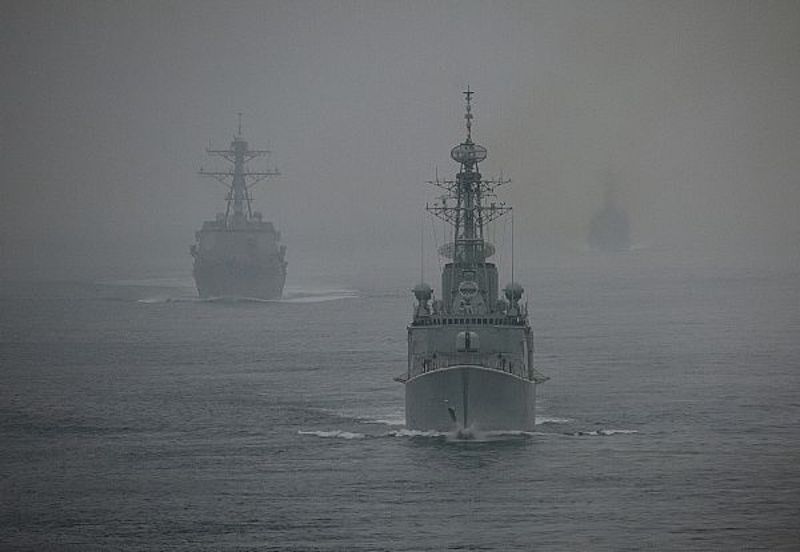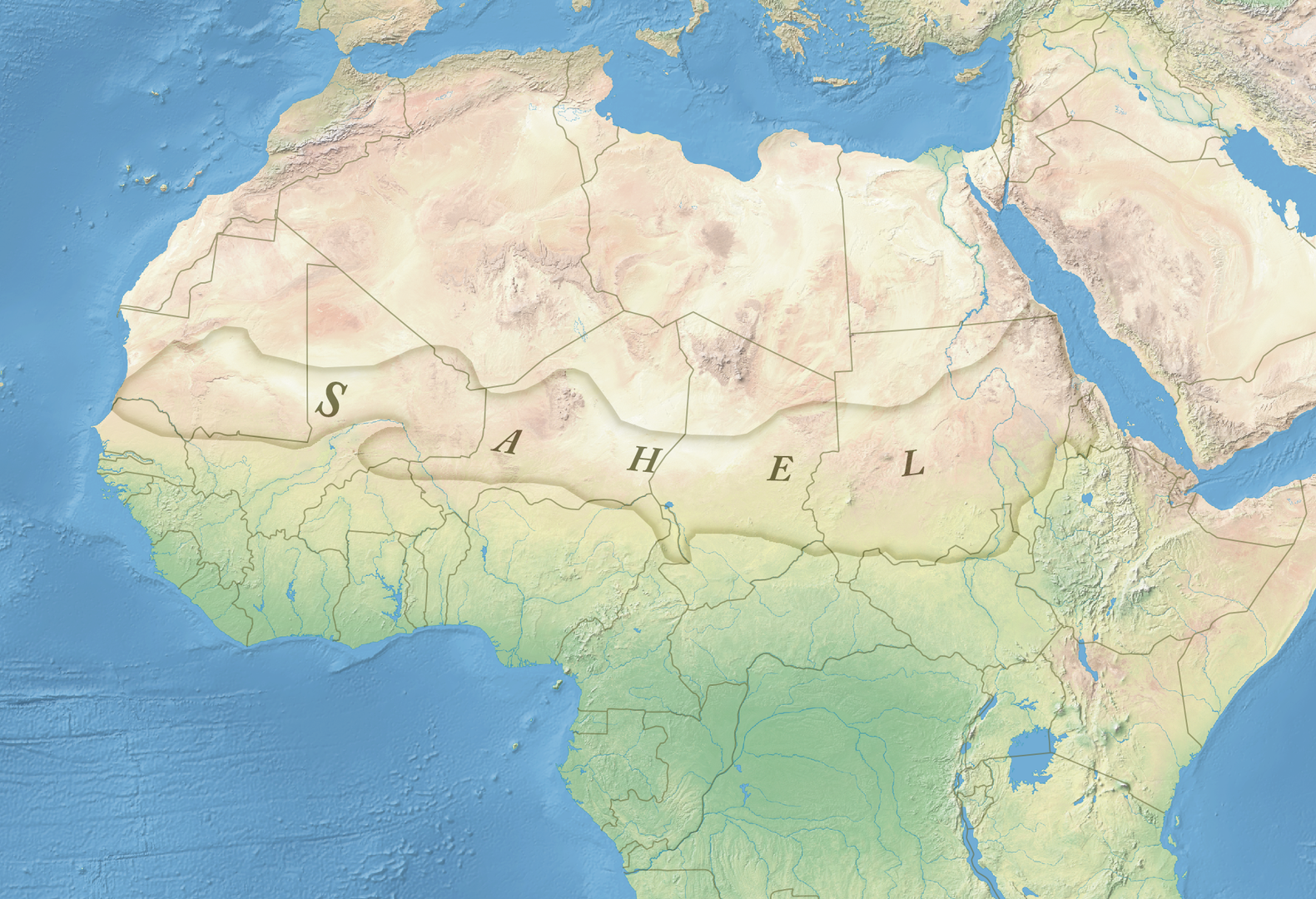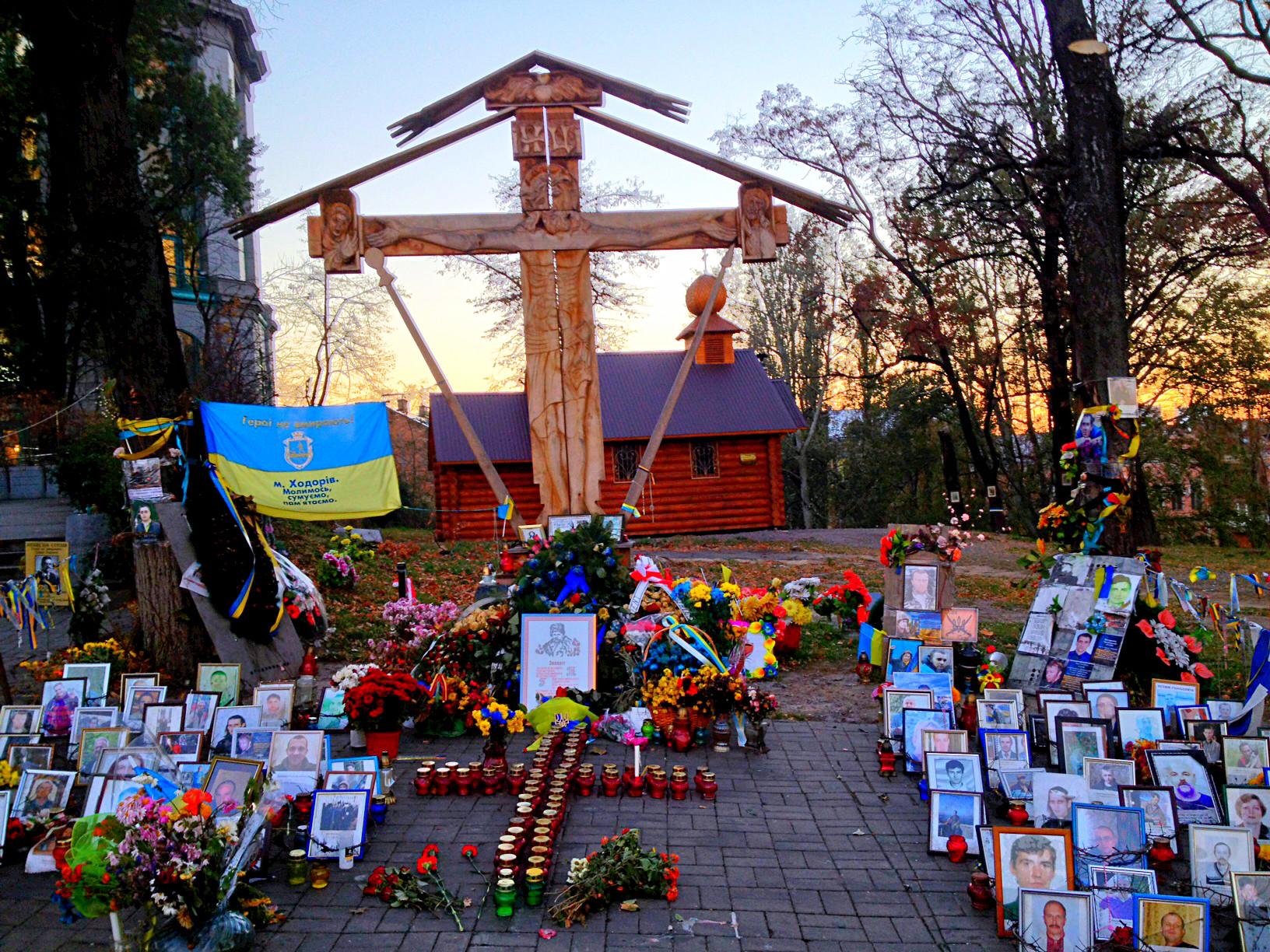Unremitting migrant flow
March 15, 2011, the ‘Day of Rage’, which sparked the Syrian conflict, was initially nothing more than an unarmed insurrection. It has since evolved into a militarised multistate conflict, resulting in the death or external displacement of over five million people. Although a ceasefire has been in place since the end of February 2016, this does not mean a political solution to the crisis is imminent.
The cessation of hostilities does not apply to the fight against several terrorist organizations such as IS factions. Not only are these organizations active in Syrian territories, but other military actors, including Russia, also continue their local military engagement in conflicted regions. Ongoing fighting in Aleppo and Palmyra has drawn in both Russian and Syrian government military forces. As long as this violence continues, political stabilisation is a distant goal. Migrants will continue to cross borders, and repatriation may not be an option for many years to come.
Mechanisms that were put in place to welcome migrants now seem to have reached their capacity. In light of overrun resettlement services, many countries are now limiting the number of accepted applications. European countries have responded to the overwhelming influx by reversing refugee policies, or implementing border controls. Almost all land roads to Europe from the Balkans have been closed, and at least five members of the Schengen, Europe’s free-movement zone, have implemented border checks.
As the crisis worsens, tensions within host nations are increasing. Domestically speaking, many of their citizens are turning against governments that adopted pro-migrant policies. This was particularly noticeable in Germany’s recent regional elections, where the popular anti-migrant party AfD made gains in all contested regions.
Germany, Europe’s leading supporter for welcoming refugees, has accepted an unprecedented 1.1 million displaced Syrians. Chancellor Angela Merkel initially stated there would be no upper limits to the number of refugees accepted from Syria. However, policymakers and local agencies quickly began to experience challenges in managing the new arrivals. In addition to the logistical ‘nightmares’, Germany is also contending with mounting levels of xenophobic fears directed towards migrants. In 2015 alone, over 1000 attacks were committed against refugees, such as arson against temporary refugee shelters.
Anti-migrant movements are based on beliefs that refugees will place a drain on public funds and services. The migrant crisis has also inflamed Islamophobia in Europe, with supporters of anti-migrant parties claiming that Islam, the predominant religion of incoming refugees, has ‘no place’ in German society. While an underprepared government response to the influx of refugees has contributed to political backlash against refugee policies, the discrimination directed towards the new migrants will have far more dangerous effects.
The self-fulfilling prophecy of prejudice
There is a valid need for caution and careful planning when societies are faced with large waves of migrants. Immediate and massive groups of people, unfamiliar with local customs and culture, will unavoidably have an impact. However the nature of these effects largely depends on the level of integration within the host society.
Numerous studies have explored the effects of large-scale migration on communities. Negative effects on crime rates, health outcomes, and social stability may be seen in the after-math of large-scale migration. These consequences do not always appear, and when they do, they are rarely immediate. The true ‘threat’ to public safety and security emerges in descendants of migrants, and most often in cases where host countries have received them poorly.
New migrants are seeking asylum from unstable conditions. They rarely arrive with the intent to incite such instability in their new environments. Prior to receiving visas, or transportation to the host communities, individuals are subjected to stringent screening processes. Officials screen out individuals based on a multitude of factors, including communicable diseases, criminal history, and security risks.
However, down the road, and in certain contexts, crime rates become ‘alarmingly high’ among the children of migrants. Health outcomes appear to be worse too, with rates of chronic and infectious diseases increasing in subsequent generations of migrants. Governments carefully plan to avoid these issues when they accept refugees, only to have them appear a generation later.
So how do researchers account for these results? In their landmark study, neonatologists James Collins and Richard David explain that a social-class mortality grade exists in many Western societies. While immigrants arrive healthy, the cumulative and negative effects of minority status lead to lowered health resiliency, resulting in comparatively poorer health outcomes among children of migrants.
Ironically, poor social integration is also tied to the adoption of extremist beliefs, which is one of the driving factors in the exodus of refugees from their homes in the Middle East. Guardian correspondent Afua Hirsch explains in detail how descendants of Muslim migrants who arrived in Britain in the 70s, 80s and 90s, are often victims of blatant Islamophobia. This engenders a sense of alienation in this particular group, leaving young Muslims vulnerable to radicalization and aggressive recruiting campaigns by terrorist organizations. While many Western nations have foreign policies based on wiping out extremist groups abroad, overlooked internal tensions contribute greatly to these extremist movements.
In light of all this, current fears that incoming migrants are criminals, extremists, or public burdens, are misplaced. In fact, it is the fear itself that contributes to poor social integration, consequently turning these fears in to reality.
Photo: Syrian refugees pass through Slovenia (2015). Derivative of by MagentaGreen, via Wikipedia. Licensed under CC BY 3.0.
Disclaimer: Any views or opinions expressed in articles are solely those of the authors and do not necessarily represent the views of the NATO Association of Canada.




